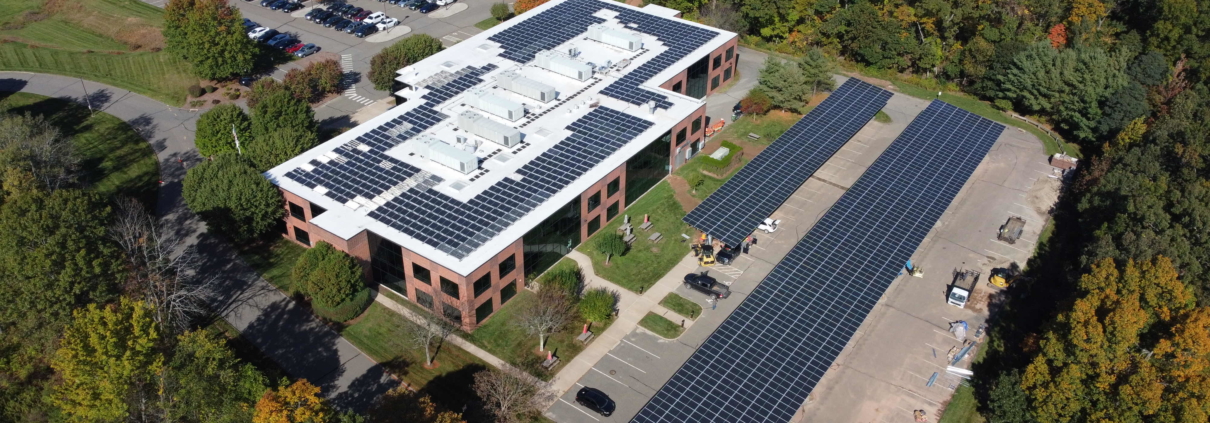Have you heard talk of a Connecticut’s Successor Program but are unsure what all the noise is about? Then you’ve come to the right place. In this post, we will provide a complete breakdown of Connecticut’s Successor Program, also known as the Non-Residential Renewable Energy Tariff, and how you can take benefit from it.
Connecticut’s Successor Program
The program will be administered by the utility companies and will run from the first solicitation in February of 2022 through 2027. To be eligible for participation in the program, solar projects must be under 2 megawatts (2,000 kilowatts) in size.
There are two ways to benefit from Connecticut’s Successor Program. The first is called the “Buy All Tariff”. It is simplest to think of this as similar to a Power Purchase Agreement. By entering into this agreement, the customer will benefit from fixed compensation over the 20-year term in the form of direct quarterly payments from the utilities, (on-bill credits) for all energy and RECs produced by the solar panels. Under this tariff, rooftop leases are also viable offer for commercial property owners. In a rooftop lease, the property owner leases their unused rooftop to a solar developer to receive lease payments. The developer owns and operates the solar array and is responsible for all maintenance of the system. With no investment required, this is a great alternative to purchasing the system.
The second option in the Successor Program is called the “Netting Tariff”, which is most like the previous LREC/ZREC Program, in which energy production is settled with the onsite usage monthly, and customers are compensated for RECs separately. Any excess production is sent to the grid and the customer will see a compensation for this energy as a monetary credit on their utility bill. Any unused credits at the end of the year will be rolled forward. At the end of the 20-year term these credits will be cashed out. Contact us today to discuss these and other opportunities to make money with solar energy.
Additional Solar Incentives
Investment Tax Credit
The federal Investment Tax Credit has been renewed for 2021 at a rate of 26%. If you purchase your solar energy system outright, you’ll be eligible to have that 26% incentive deducted from your federal income taxes. This incentive option can make it more feasible and appealing to purchase your solar array outright, as other purchasing options aren’t eligible for this tax credit.
C-PACE
The Connecticut Green Bank sponsors the Commercial Property Assessed Clean Energy (C-PACE) program, which allows you to finance a renewable energy project over time. How does this work? Through the C-PACE program, you receive a voluntary benefit assessment on your property tax bill. Then you can repay your project’s cost over time along with your property taxes. This incentive enables you to make your facility more energy efficient while you pay off the installation and create more predictable energy expenses for your business.
Ready to take the next steps towards making your solar project a reality? Check out our latest solar development checklist to begin!




